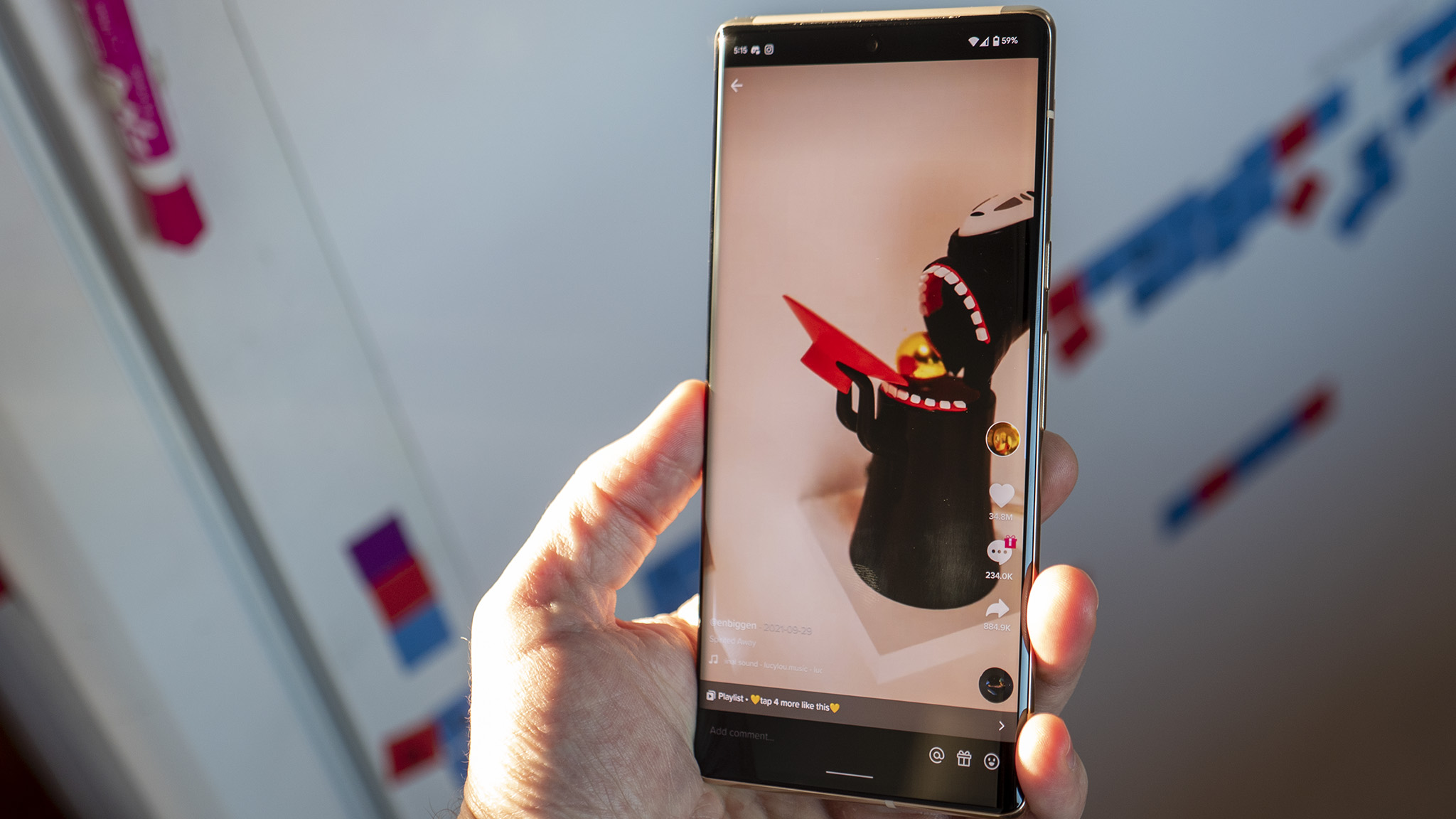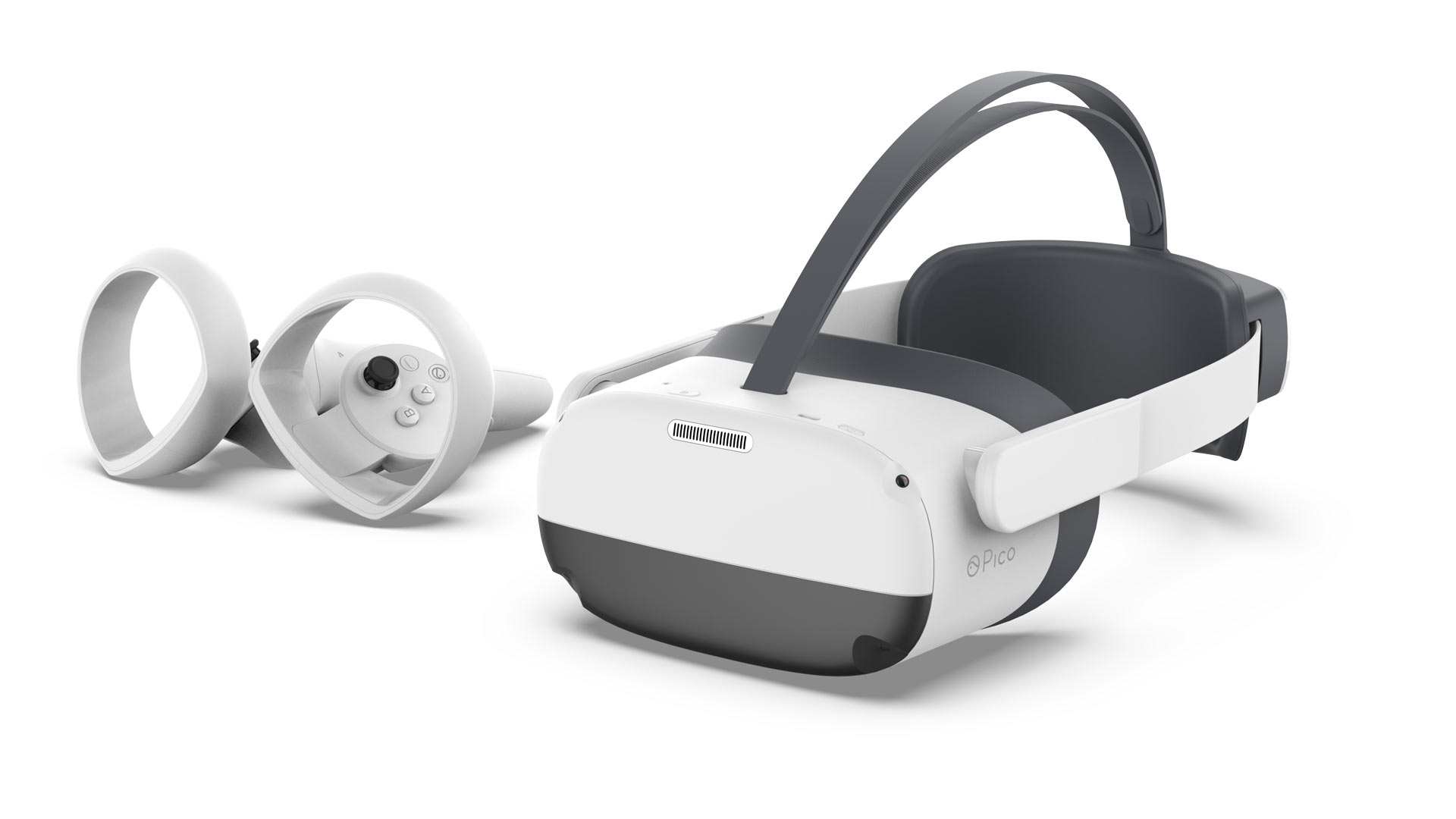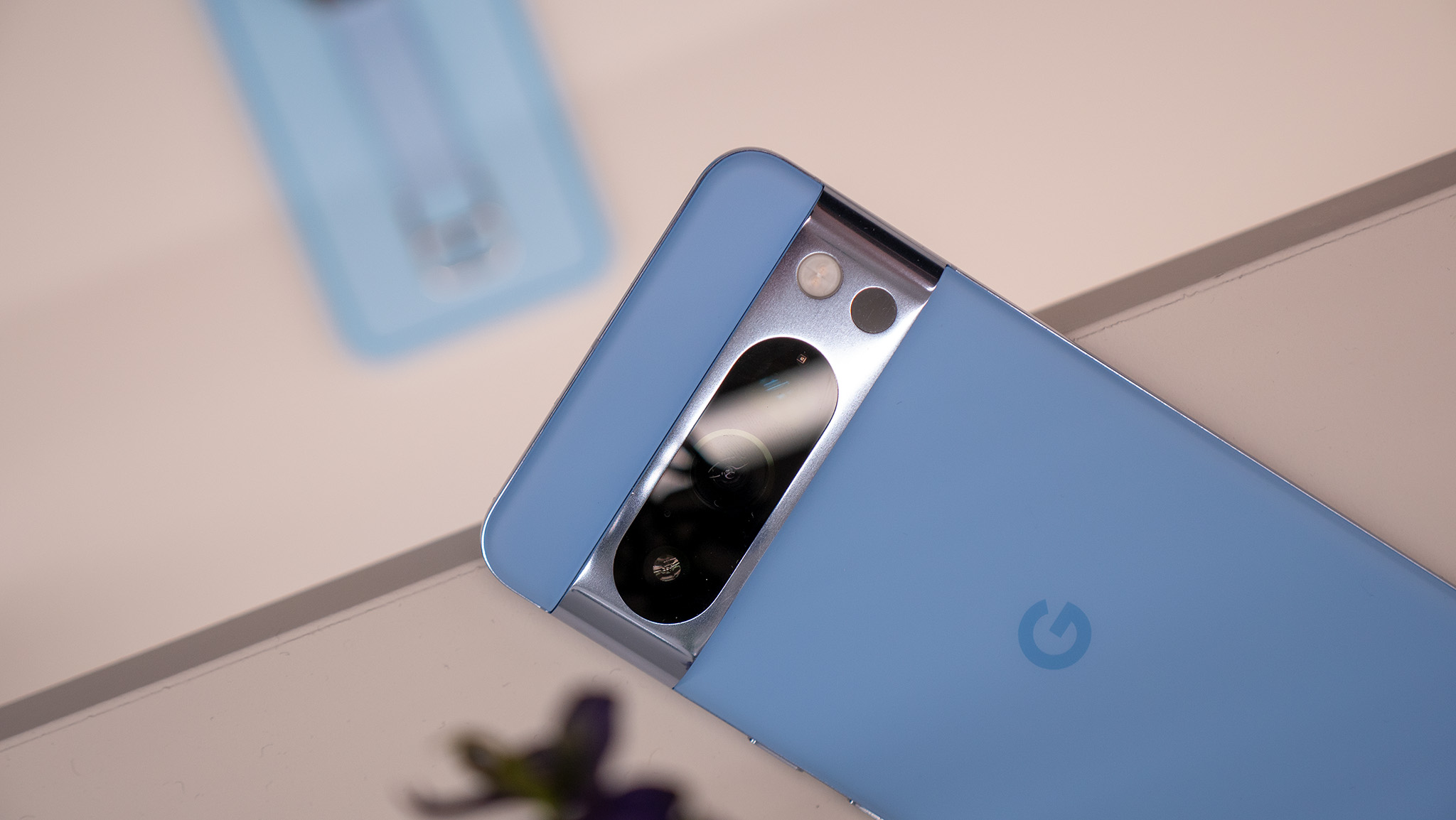Qualcomm and ByteDance prove time is TikToking away for the Oculus Quest
You can give your data to China instead of Facebook now

Ever since the Meta Quest 2 launched, it's been difficult to see how any company could catch up to Meta. With millions of units sold and the vast majority of the VR market in its hands, Meta has gone largely unchallenged in the standalone VR space even since the first Quest launched in 2019. But a new partnership between Qualcomm and ByteDance could change all that.
Announced at MWC 2022, the partnership between Qualcomm and ByteDance is designed to further entrench Qualcomm in the VR space. It ensures that Qualcomm's silicon is in the best VR headsets, no matter which company makes them, in the same way that Qualcomm is ubiquitous with Android phones.
And while Qualcomm's new partnership doesn't likely mean that a proper Quest 2 competitor is coming to the U.S. anytime soon, it does mean that Meta could see some real competition in the standalone VR space. Considering the proof that standalone is the biggest market for VR, by far, it's no surprise to see Qualcomm doubling down on the number of companies it works with to get more headsets in more homes.
Why ByteDance?

The most obvious question is, of course, why ByteDance? If nothing, the company’s similarities to Meta in more than just superficial terms could prove its products have a similar trajectory to those of the Quest. The Chinese company is responsible for creating the world’s most popular website and video sharing service, TikTok, and has worked to expand its presence worldwide with news aggregation apps and various regional social media apps like Helo in India.
Last August, the company made its big push to get into the hardware market with the acquisition of Pico, a company known for making enterprise-grade VR headsets like the Pico Neo 2 Eye. The company’s follow-up headset, launched in 2021 as the Pico Neo 3, has often been called a “Quest killer” by folks hopeful to see Meta replaced as the reigning champ of the VR market.
The company’s follow-up headset, launched in 2021 as the Pico Neo 3, has often been called a “Quest killer” by folks hopeful to see Meta replaced as the reigning champ of the VR market.
But TikTok - and its parent company, ByteDance - have been called a “national security threat” more than once, with TikTok facing the possibility of a nationwide ban during much of 2020.
Get the latest news from Android Central, your trusted companion in the world of Android
So, given the implications of the vast privacy issues that have long been associated with devices and services built for the Chinese market, is ByteDance really the right way forward for Qualcomm? Yes, absolutely.
As Anshel Sag, a senior analyst at Moor Insights & Strategy puts it, Qualcomm looks to be “expanding its chip partnerships because it wants to diversify its customer base.” If something were to happen to Meta — however unlikely that may be — ByteDance could be an excellent way to ensure that Qualcomm’s chips are still bought and sold at a rate that makes the company a good deal of money.
In the console space, we saw AMD make these same moves in the early part of the 2010s. Both the Xbox One and PS4 — as well as their follow-ups, the Xbox Series X|S and the PS5 — are powered by AMD chips. Likewise, the recently released Steam Deck utilizes AMD chips, ensuring that AMD has a healthy production output no matter who wins.
That just leaves Nvidia, whose chips power only the Nintendo Switch. Thankfully for Nvidia, the Switch is one of the best-selling consoles in history. That, alone, proves the importance of Qualcomm getting things lined up early on to ensure it powers a healthy percentage of the market when the eventual competition finally gets its act together.
XR is the new social media

Mark Zuckerberg understood this when he moved to acquire Oculus back in 2014. Many scoffed at the company spending billions of dollars in the XR space since then but it’s clear that VR and AR are best experienced in a social setting. Tying them in with an existing social media space further lessens the friction required to join and use said platforms.
With ByteDance at the helm of a possible Pico revolution in the standalone VR market, we finally have a company that’s willing to invest a substantial amount of cash into the R&D required to challenge Meta in a real way.
If you were concerned about yet another social media giant controlling the XR space, you’re certainly not alone. Plenty of noise has been made since Facebook entered the space years ago, but the hew and cry of privacy advocates have, largely, been ignored.
Privacy is a buzzword that people like to talk about but seldom actually take action on.
Sag notes that “Pico likely has a similar uphill battle [as Meta] to fight as a subsidiary of ByteDance because of how invasive TikTok is perceived to be.”
But it’s been shown through sheer numbers that users will continue to stick with platforms even through the worst privacy scandals. Facebook (Meta) is the perfect example of that. Despite selling user data in heinous ways and abusing even the smallest semblance of trust that users might have in the platform, it’s still the world’s largest social network and is aiming for plenty of growth in the metaverse sector over the next decade.
TikTok and ByteDance could be a worry for some, but TikTok’s growth certainly hasn’t been slowed down by the slight possibility that the Chinese government could confiscate user data on Chinese servers at any point in time. Privacy is a buzzword that people like to talk about but seldom actually take action on.
Having a social platform control the future of devices that are designed to grant us greater social connectivity actually makes a lot of sense, even if it makes some of us uncomfortable.
The Quest for competition

Up until now, Pico has been a relatively small player in the market. The company’s headset offerings have improved substantially with each iteration, and the Pico Neo 3 is rightfully considered a true contender to the Meta Quest’s throne both because of its price and the library of titles available.
At roughly $400 in China, the Pico Neo 3 is priced perfectly to compete with the Quest 2. It’s even powered by the same Qualcomm XR2 chipset as the Quest 2, has the same amount of RAM and storage, and is built atop the Android OS like the Quest 2. It bears a passing similarity to the Quest 2’s form-factor and has a similar inside-out tracking system powered by four cameras.
Developers have been able to port their Quest 2 games to the Pico Neo 3 with relatively little tweaking needing to be done, which is important in a world where developers regularly target multiple platforms for release to ensure they are able to make enough money to recoup development costs.
At roughly $400 in China, the Pico Neo 3 is priced perfectly to compete with the Quest 2.
But this new Qualcomm partnership with ByteDance isn’t for the Pico Neo 3. It’s for the next Pico headsets that will be more consumer-focused, particularly outside of China. The Neo 3 is only available as an expensive enterprise-grade headset in the U.S. — which is currently the world’s largest VR gaming market — but the Neo 4 will almost assuredly challenge Meta’s presence as the leading provider of affordable, standalone VR headsets.
It helps Qualcomm guarantee that it will continue to have customers — that means Meta and ByteDance, not you as a consumer — for years to come. It’s also imperative that Qualcomm stays ahead of the competition in this sector. As Sag notes, “MediaTek still doesn't have any chips or solutions for XR,” and the thought of AMD being able to put its x86 chipsets in an XR headset is laughable.
The Steam Deck is the first hope that an x86 chipset could be viable in a portable gaming system, and rumors have been flowing for months speculating about a Valve standalone headset powered by similar hardware. But Sag says “I would be extremely hesitant to believe that anyone would ship an x86 chip in a headset,” owing to the fact that x86 chipsets are neither particularly power-efficient nor cool-running in the way an ARM chipset from Qualcomm can be.
No matter what company comes out on top, Qualcomm and consumers look to be the winners here as the XR space heats up and competition intensifies.

